The Architectural Marvel of Charles Bridge Prague
The Charles Bridge Prague is not just a functional crossing over the Vltava River; it is an emblem of cultural heritage, historical significance, and architectural brilliance. Dating back to the 14th century, this stone arch bridge serves as one of the most recognizable symbols of Prague. With its intricate design, captivating sculptures, and striking views, it represents the convergence of art and engineering that characterizes Gothic architecture. This section delves into the key design features, the Gothic influence on its structure, and the sculptures that grace the bridge, bringing to life centuries of artistic endeavor and civic pride.
Key Design Features of Charles Bridge Prague
Spanning approximately 621 meters (2,037 feet) in length and nearly 10 meters (33 feet) in width, the Charles Bridge was constructed using sandstone from the nearby Žehrovice quarry. Its design features durable stone arches, specifically 16 of them, which contribute both to its aesthetic appeal and structural integrity. One of the unique aspects of the bridge’s design is its gentle arc, which allows for better water flow during floods, an essential consideration given its location over the Vltava River.
Moreover, various architectural elements add to its grandeur. The bridge is paved with large granite cobblestones, which provide a rustic look while ensuring durability for the heavy foot traffic it endures every year. The two towers at either end of the bridge showcase the transitional Gothic style and function as gateways to the Old Town and Lesser Town, enhancing the overall narrative of the bridge as a passage between two vital historic regions in Prague.
Influence of Gothic Architecture on Charles Bridge Prague
The Charles Bridge is a quintessential example of Gothic architecture, a style characterized by pointed arches, ribbed vaults, and flying buttresses that emerged during the late Middle Ages. Designed by architect Petr Parléř, the bridge reflects the essence of this architectural movement where, rather than solely functional, structures were infused with artistic values and symbolism.
The pointed arches of the bridge not only support its structure but also direct the viewer’s gaze upward, making the experience of crossing it both enchanting and awe-inspiring. In addition to the arches, the detail of the stonework showcases intricate carvings and motifs, typical in Gothic designs, reflecting the craftsmanship of the era. This architectural style not only serves an aesthetic purpose but also symbolizes the spiritual aspirations of a city which viewed itself as a cultural and political center in Central Europe.
The Role of Statues on Charles Bridge Prague
One of the most enchanting features of the Charles Bridge is its collection of 30 statues and sculptures, primarily depicting saints and patrons of various guilds. Originally constructed in the early 18th century, many of these statues were created by renowned artists and have become iconic symbols of the bridge.
Statues such as that of St. John of Nepomuk—who is famously associated with local legends—invite both locals and tourists to pause and reflect on their significance. The statue of St. John claims a spot of honor and is believed to bring good luck to those who touch it. Each of these sculptures is a piece of artwork that tells a story, representing various aspects of Czech history and religious belief.
Preservation of these works has been a continuous effort, as they undergo regular maintenance to combat the effects of weathering and pollution, proving their value not just as decorations but as vital components of the bridge’s cultural and artistic identity.
The History Behind Charles Bridge Prague
The history of the Charles Bridge is rich and complex, spanning several epochs and reflecting the evolution of the city it serves. From its inception as a vital connectivity hub to its role as a social and cultural meeting point, the bridge encapsulates the changing fortunes of Prague throughout the ages.
Construction Timeline and Historical Events of Charles Bridge Prague
Construction of the Charles Bridge began in 1357 under the reign of King Charles IV, with the intent to replace the old Judith Bridge, which was prone to collapses during floods. The work was a monumental endeavor, showcasing state-of-the-art engineering techniques of the time. It wasn’t until the beginning of the 15th century that the bridge was fully completed, underscoring the challenges and dedication of the craftsmen involved.
Over the years, the Charles Bridge has witnessed historical events that highlight its significance beyond mere architecture. It was at this bridge that critical agreements and treaties were signed, and it served as a strategic military point during various conflicts. Its role in Prague’s socio-political landscape further solidified its status as a cultural monument.
Significant Figures in the History of Charles Bridge Prague
Throughout its history, the Charles Bridge has been associated with many pivotal figures. Apart from King Charles IV, influential artists such as the sculptor Matthias Braun, responsible for several of the statues seen today, have left an indelible mark on its legacy. Additionally, engineers and architects working under Charles IV were fundamental in integrating robust designs that allowed the bridge to withstand Prague’s weather and the test of time.
Local legends have shaped the bridge’s aura, including tales about the bridge’s construction involving the use of egg whites in the mortar, believed to enhance its strength. These narratives not only illustrate the engineering feats but also reveal the cultural folklore that has become intertwined with the bridge’s identity.
Preservation Efforts for Charles Bridge Prague
The preservation of the Charles Bridge involves ongoing maintenance and comprehensive restoration efforts to combat the effects of time and environmental wear. The Commission for the Preservation of the Charles Bridge regularly conducts inspections to identify any deteriorating sections and deploys specialized craftsmen for restoration projects when necessary.
Additionally, advancements in restoration techniques, including the use of modern materials mixed with traditional methods, ensure that any repairs maintain the integrity and authenticity of the bridge’s original design. This continuous commitment to preservation underlines the bridge’s importance as not only a historical landmark but also as a symbol of national pride.
Visitor Experience at Charles Bridge Prague
For visitors, the Charles Bridge offers a multifaceted experience that transcends its function as a simple pedestrian crossing. Its picturesque views, street performances, and atmospheric settings enrich the experience for tourists and locals alike. Each visit can yield something new, whether it be a stunning sunrise or the lively chatter of local artisans selling their crafts.
Best Times to Visit Charles Bridge Prague
The timing of a visit to the Charles Bridge can significantly enhance the experience. Early morning visits provide a tranquil atmosphere, often allowing for unique photographic opportunities against the backdrop of a misty river. Conversely, visiting during sunset can provide breathtaking views complemented by golden hues casting shadows over the statues and stonework.
For those looking to soak in the vibrant local culture, afternoon visits are ideal, as street performers, musicians, and artists display their talents. As the bridge connects two halves of the city, the buzz of activity creates a lively ambiance that draws both tourists and locals.
Activities and Attractions Around Charles Bridge Prague
The allure of Charles Bridge is greatly amplified by the attractions nearby. At the Old Town end of the bridge lies the Old Town Square, home to the famous Astronomical Clock, which attracts crowds eager to witness its mechanical display. Just across the bridge, travelers can explore the cobblestone streets of the Lesser Town, filled with charming eateries and shops.
Furthermore, visitors can take guided tours, boat trips along the Vltava, or rent paddle boats to enjoy the stunning views from the water. Each activity offers a unique perspective of the bridge, underscoring its role within the city’s cultural fabric.
Tips for Enjoying a Visit to Charles Bridge Prague
To maximize the visit to the Charles Bridge, travelers should consider arriving early or late in the day. Wearing comfortable shoes is advisable as the cobblestones can be uneven and slippery. Additionally, engaging with local artisans can provide insight into Prague’s artistic community; many offer handmade crafts that serve as memorable souvenirs.
Lastly, it’s essential to keep photography etiquette in mind, particularly when capturing images of street performers or art vendors. Always ask for permission before photographing individuals, fostering respect and camaraderie among visitors and locals alike.
Photography and Artwork of Charles Bridge Prague
The Charles Bridge is a photographer’s paradise, offering countless opportunities to capture stunning images. From its majestic arches to the charming statues, every angle presents a new composition waiting to be framed. Whether videography or photography, documenting one’s journey across this bridge can be an art form in itself.
Tips for Capturing Stunning Photos of Charles Bridge Prague
To take exceptional photographs of the Charles Bridge, it’s beneficial to scout locations that highlight the bridge’s features without overcrowded backgrounds. Employing a good quality camera with a wide-angle lens can greatly enhance the detail captured. Early morning light is particularly flattering, so arriving at dawn can allow photographers to capture the bridge under soft, diffused light.
Experimenting with different perspectives can also yield creative results. Try capturing images from the riverbank or from a boat to gain a unique viewpoint. Timing is key; consider capturing the bridge lit beautifully during the golden hour just before sunset for dramatic results.
Exploring Artistic Representations of Charles Bridge Prague
The Charles Bridge has inspired countless artists, providing a muse for painters and photographers alike. Local galleries often feature works depicting the bridge, capturing its magic across different seasons and times of day. Visitors can find art fairs and exhibitions focusing on the Charles Bridge, making it an excellent opportunity for art enthusiasts to appreciate various interpretations.
Additionally, street artists often create live paintings or drawings during the day, and purchasing a piece directly from them not only supports local talent but also provides a personal memory from the visit.
Popular Locations for Views of Charles Bridge Prague
For captivating views of the Charles Bridge, several locations are recommended. The vantage points from the Prague Castle area, particularly the gardens, allow for sweeping landscapes that capture the bridge in context with the city skyline. The view from the Kampa Park is also remarkable, offering reflection shots in the water.
For night photography, capturing the illuminated Charles Bridge against a cloudy dark sky provides a mystical ambiance uniquely enhancing its character. The aesthetics of the bridge in such settings exhibit an artistic quality that speaks to its historic grandeur.
Cultural Significance of Charles Bridge Prague
The Charles Bridge is not merely a physical structure; it embodies the spirit and identity of Prague. Its story is woven into local folklore, art, and culture, making it an indispensable part of the city’s narrative. Understanding its cultural significance gives visitors deeper appreciation for what they see and experience.
Charles Bridge Prague in Local Folklore and Legend
Many legends surround the Charles Bridge, adding to its allure. One of the most famous tales is that of St. John of Nepomuk, whose martyrdom is commemorated with his statue on the bridge. According to legend, he was thrown into the Vltava River for refusing to divulge the queen’s confessions. Consequently, touching his statue is said to bring luck and reveal one’s true loves.
Such stories enhance the experiential quality of visiting the bridge, allowing travelers to connect with the local history and culture on a more personal level.
Events and Festivals Hosted at Charles Bridge Prague
The Charles Bridge plays host to various events and festivals year-round, further enriching its cultural tapestry. Seasonal celebrations, art festivals, and even music performances foster a vibrant atmosphere that embraces the city’s eclectic spirit.
Events like the Prague Bridge Festival attract local musicians and artists, turning the bridge into a lively stage that celebrates creativity and community. These gatherings offer visitors an engaging way to experience Prague’s artistic vitality while enjoying the magnificent backdrop of the bridge.
The Bridge’s Role in Prague’s Identity and Heritage
As a vital connector between two historically rich parts of Prague, the Charles Bridge is integral to the city’s heritage and identity. It symbolizes unity, resilience, and continuity, serving as a reminder of Prague’s long and storied past. Throughout the centuries, it has facilitated not only commerce and transit but also cultural exchange and artistic expression.
The bridge stands as testament to the enduring legacy of art and architecture in Czech history and continues to inspire both residents and visitors alike, making it more than just a bridge—it is an icon of Prague and a cherished part of its collective memory.
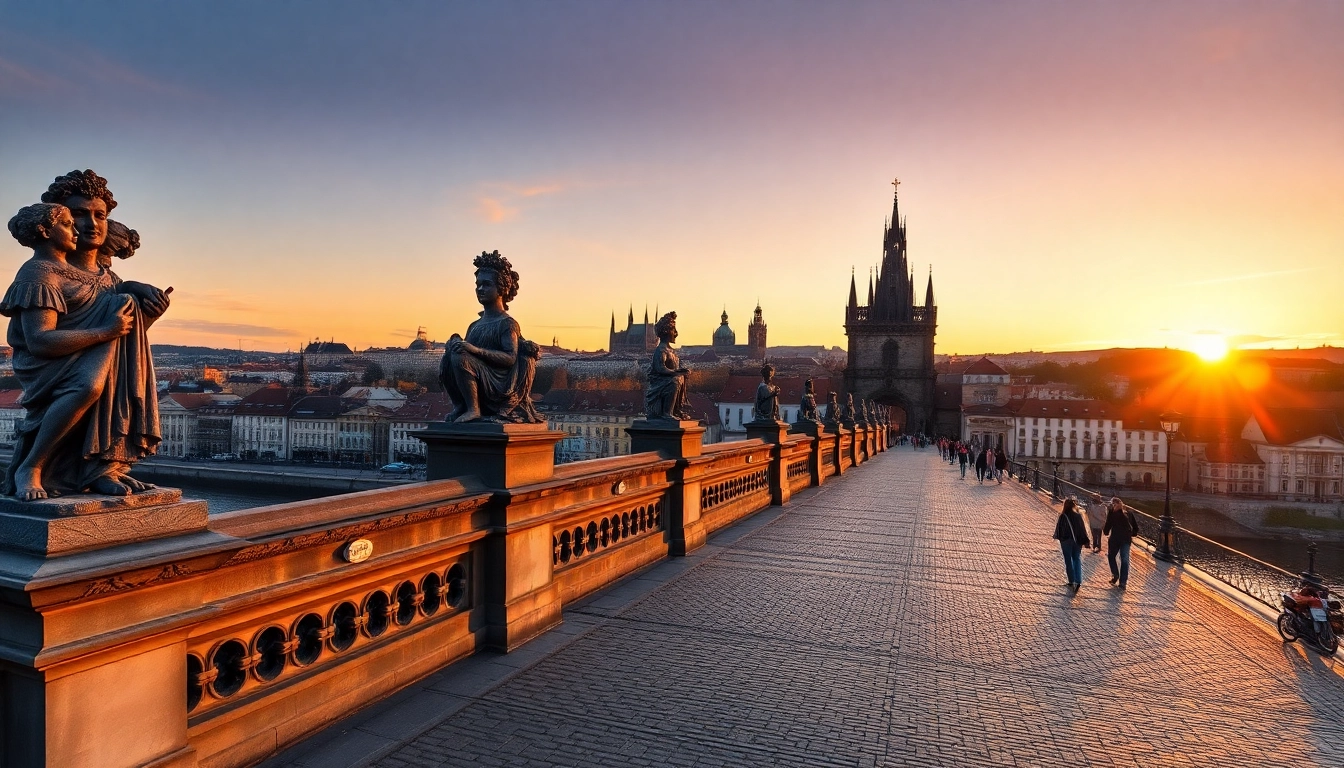
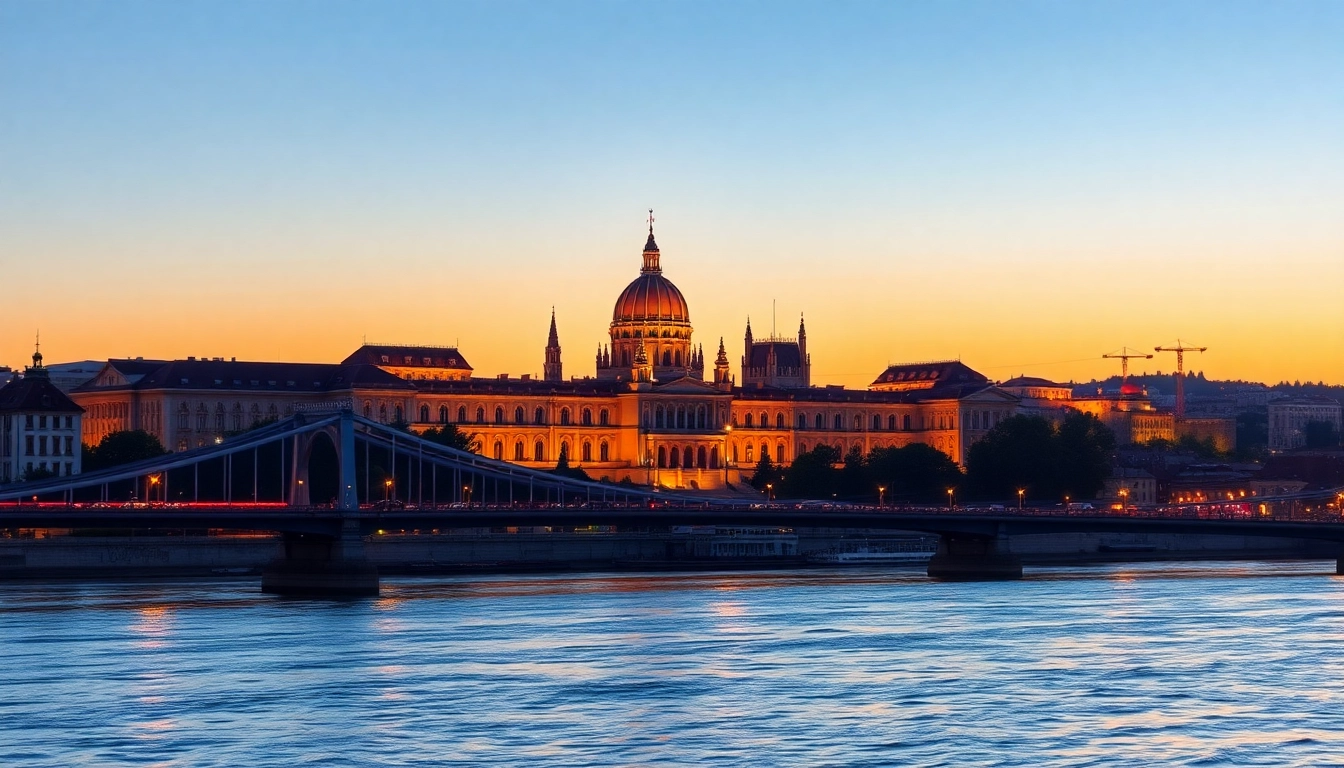


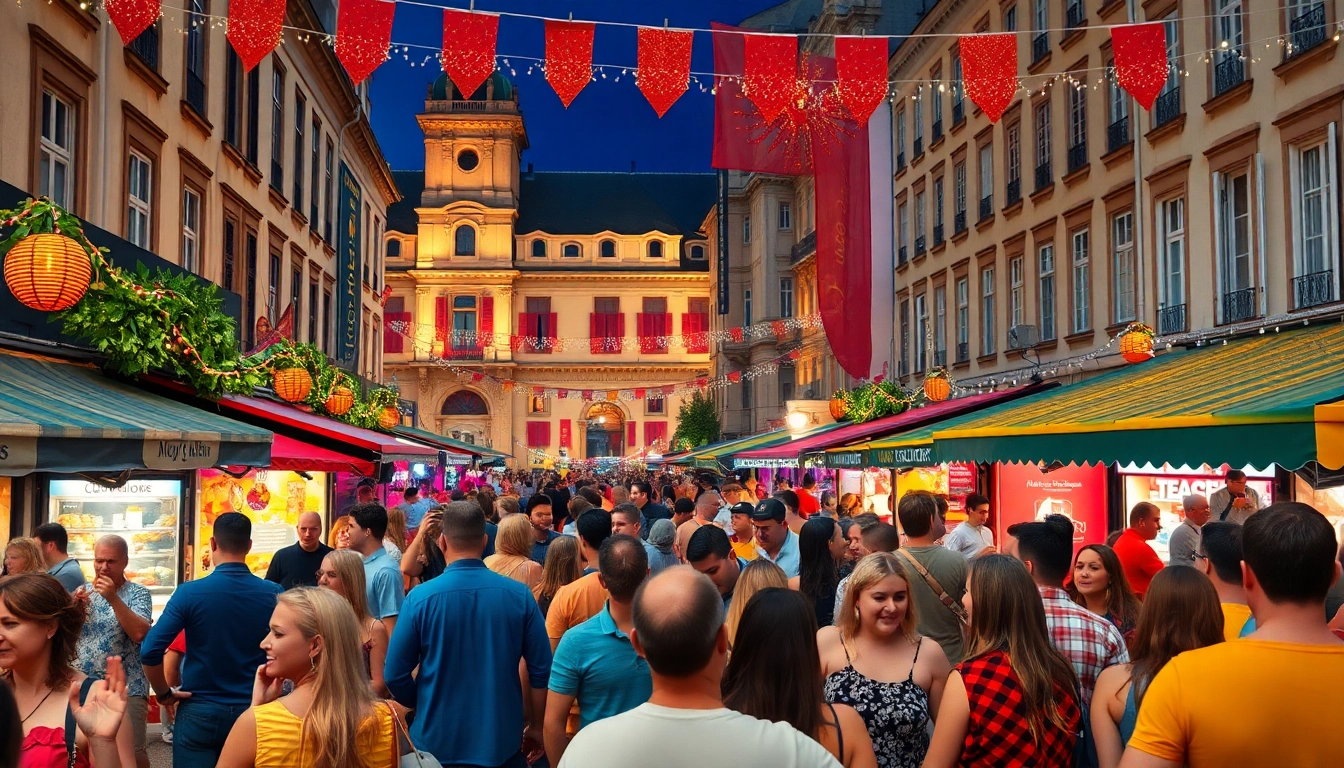



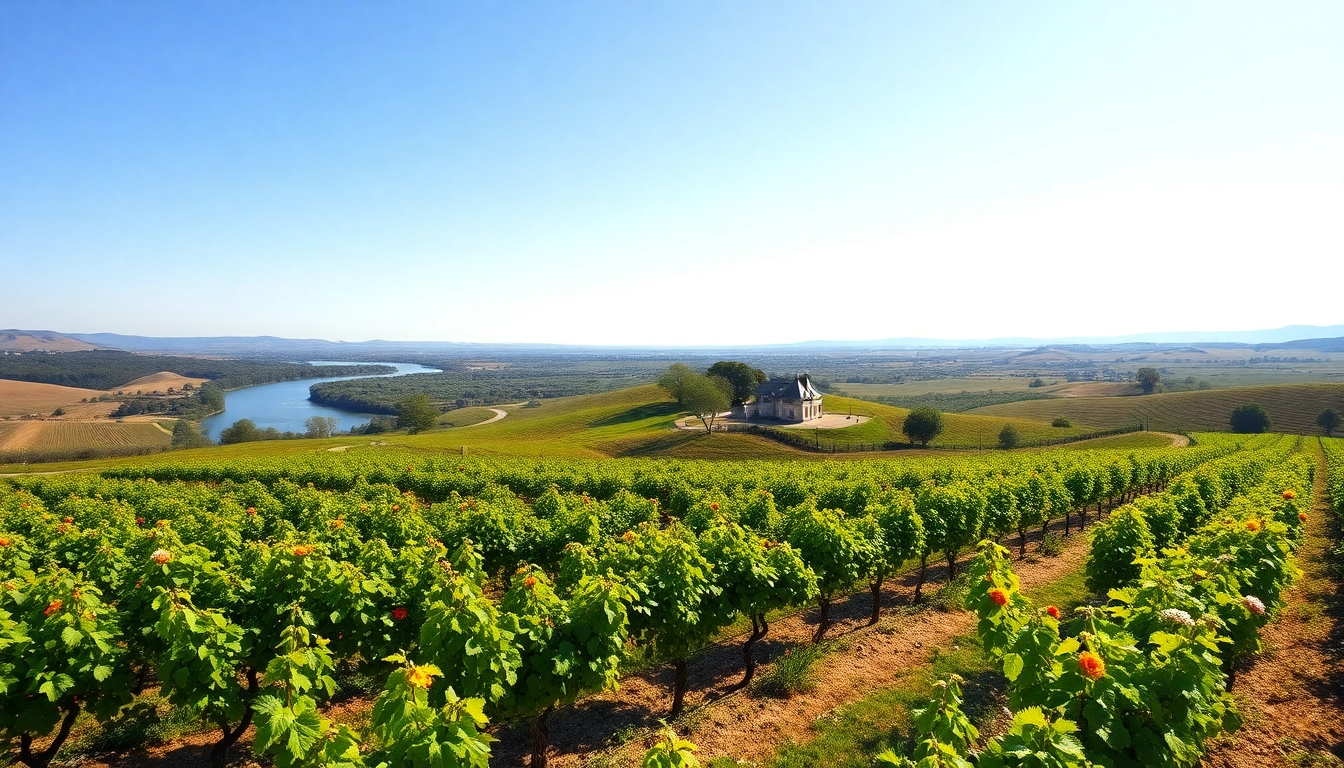
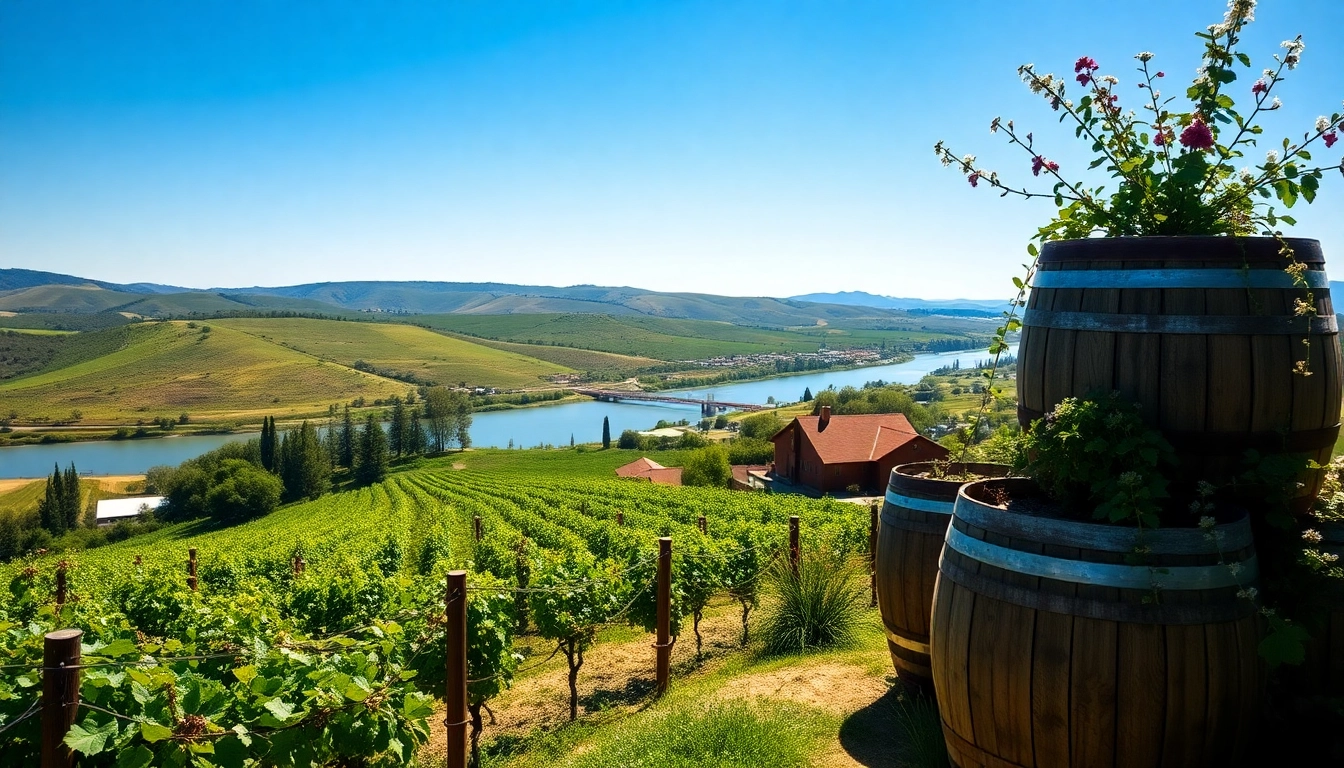

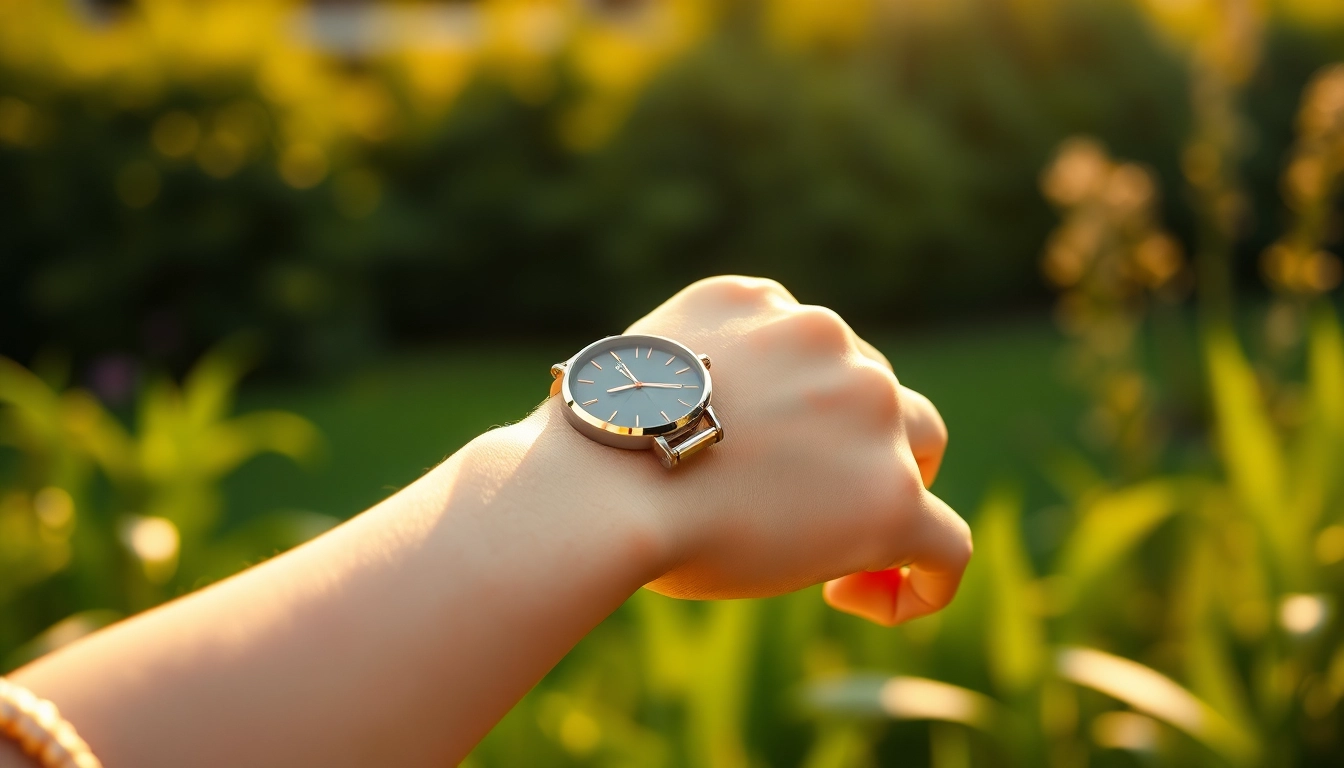

Leave a Reply